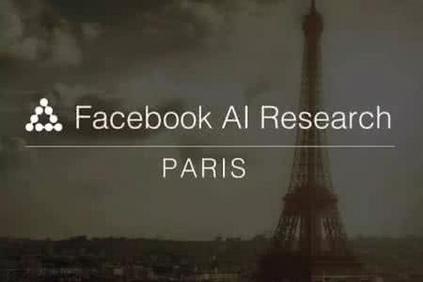As machine learning becomes more widely adopted across domains, it is critical that researchers and ML engineers think about the inherent biases in the data that may be perpetuated by the model. Recently, many studies have shown that such biases are also imbibed in Graph Neural Network (GNN) models if the input graph is biased, potentially to the disadvantage of underserved and underrepresented communities. In this work, we aim to mitigate the bias learned by GNNs by jointly optimizing two different loss functions: one for the task of link prediction and one for the task of demographic parity. We further implement three different techniques inspired by graph modification approaches: the Global Fairness Optimization (GFO), Constrained Fairness Optimization (CFO), and Fair Edge Weighting (FEW) models. These techniques mimic the effects of changing underlying graph structures within the GNN and offer a greater degree of interpretability over more integrated neural network methods. Our proposed models emulate microscopic or macroscopic edits to the input graph while training GNNs and learn node embeddings that are both accurate and fair under the context of link recommendations. We demonstrate the effectiveness of our approach on four real world datasets and show that we can improve the recommendation fairness by several factors at negligible cost to link prediction accuracy.
翻译:随着机器学习在各个领域被广泛采用,研究人员和ML工程师必须思考模型可能延续的数据的内在偏差。最近,许多研究表明,如果输入图有偏差,这种偏差也会在图形神经网络(GNN)模型中嵌入,这可能对服务不足和代表性不足的社区不利。在这项工作中,我们的目标是通过共同优化两种不同的损失功能来减轻GNN所学的偏差:一种功能是连接预测任务,一种功能是人口均等任务。我们进一步采用由图表修改方法启发的三种不同技术:全球公平优化(GFO), Constractingness Fairness Opitimation(CFO), 公平度优化(FEW)模型。这些技术模拟了GNN内基本图形结构变化的影响,为更一体化的神经网络方法提供了更大程度的可解释性。我们提议的模型对输入图进行模拟微观或宏观的编辑,同时培训GNNS,并学习了在链接背景下准确和公允地嵌入的节点。我们可以通过若干实际成本预测方法来显示我们关于真实世界数据的有效性。




